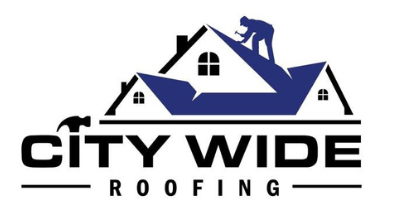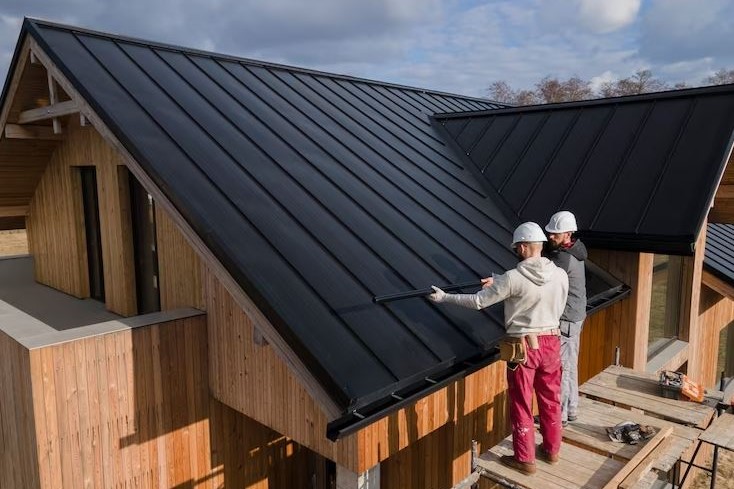The built environment is undergoing an energy-efficiency revolution, with cool roofing emerging as a key player. As the global community grapples to mitigate climate change and reduce energy consumption, architects, builders, and homeowners are increasingly turning towards cool roofs.
This innovative approach to roof construction utilizes materials that reflect more sunlight and absorb less heat than conventional alternatives.
Delving into the scientific principles behind these designs reveals two critical elements: solar reflectance and thermal emittance. Solar reflectance refers to a material’s ability to reflect solar radiation away from its surface rather than absorbing it as heat. On the other hand, thermal emittance pertains to how effectively a material releases absorbed heat back into the atmosphere.
By maximizing both of these properties, cool roofs can significantly decrease indoor temperatures during hot weather periods thus reducing air conditioning needs and consequent energy consumption.
Understanding the Principles and Benefits of Solar Reflectance and Thermal Emittance
Solar reflectance and thermal emittance, key principles behind the functioning of cool roofs, serve as metaphorical shields and vents respectively – the former reflecting away the sun’s heat like a mirrored shield deflecting arrows, while the latter releases absorbed heat akin to a vent releasing steam, thus ensuring reduced energy consumption.
A study by the Lawrence Berkeley National Laboratory found that increasing solar reflectance from 20% to 90% can reduce cooling energy use by more than 20%. This is primarily due to Reflectance Efficiency – a measure of how effectively roof materials reflect sunlight back into space instead of absorbing it. High-reflectivity materials such as white membranes or reflective coatings ensure optimal reflectance efficiency, thereby playing an instrumental role in minimizing energy absorption.
The second part of this dual-pronged approach involves Emittance Influences which focus on how well roofing materials emit absorbed heat. While some materials are excellent at reflecting solar radiation but poor at releasing absorbed heat (low emissivity), others retain less heat due to their high emissive properties. Materials with high thermal emittance help maintain lower roof temperatures by radiating away any residual absorption that might have occurred despite optimal reflection techniques for your cool roof.
As such, understanding and integrating these two core principles – optimizing for both solar reflectance and thermal emittance – allows building owners to achieve substantial energy savings while contributing towards creating environmentally sustainable communities.


